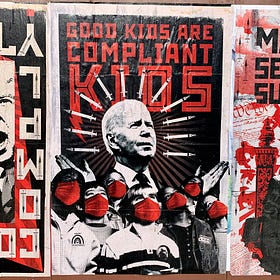by Russell A. Berman
The following essay is part of a special series of responses to recent events centered, for now, at Columbia University, and extending beyond its confines to include the wider array of societal problems that the disorder there symptomatizes. For details, see Gabriel Noah Brahm, “From Palestine Avenue to Morningside Heights.”
—Gabriel Noah Brahm, Director of the Telos-Paul Piccone Institute’s Israel initiative
In the immediate aftermath of the attacks of October 7, and now again during the spring, coordinated protests have spread through colleges and universities. The rapidity with which normal functioning was disrupted and the initial helplessness of administrators both point to fundamental weaknesses in higher education: I doubt that there can be a return to a pre-October 7 normalcy. Public dismay with universities was already pronounced before these events, and the campus chaos has triggered memories of the lawlessness of the George Floyd riots.
There are certainly deep and substantive problems inside academia that explain these events—and I will turn to them in a moment—but it is important first to take stock of what really transpired and not surrender to sensationalist overstatements. It is true that demonstrations have taken place at many colleges, but the number of participants at each has been limited when measured against total enrollment. There were 119 arrests at Columbia, where the student body totals some 36,000. It is also true that antisemitic discourse has emerged, but the extent of its spread is unclear. At Stanford a student vote calling for divestment won 75% support—which is disheartening—but only about 25% of eligible voters took part, so the result only documents an anti-Israel sentiment of 18% of the student body. We need more data.
From the arrest records, we learn that many of the protestors were not students or faculty but came from outside activist organizations. At Columbia, 32 of the 119 were outsiders; at CCNY, 102 of the 173 were not from the university. There is enough evidence to point to a coordinated plan by groups to promote disruption, to commit crimes, and especially to radicalize the discourse. For example, a well-meaning student attracted to the logic of a two-state solution—hardly an extremist position—might well show up at an encampment but then be pushed into supporting Hamas or the elimination of Israel, indisputably extreme stances. That radicalization has gone unquestioned. There are no signs of internal debate between, say, supporters of Palestinian national self-determination on the one hand and, on the other, proponents of “global intifada” and “smashing” capitalism. Those are two very different programs, but radical leadership has managed to establish the latter as the norm in the protest camps. It has also left previously unorganized students facing the consequences of arrest and the career damage of a criminal conviction.
Continue reading at TelosScope →




